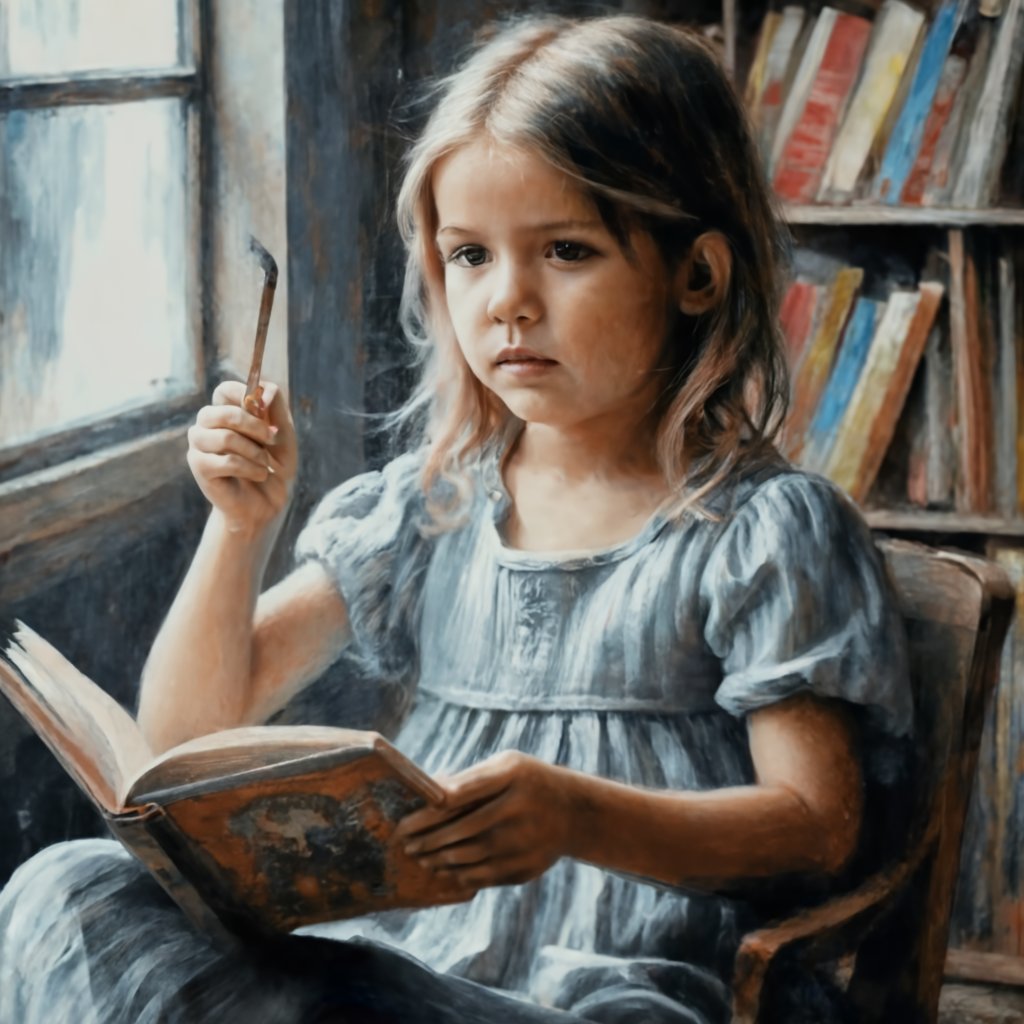
The Confluence of Art and Storytelling: Exploring the Intersection in Children’s Books
The intersection of literature and art in children’s books is a captivating realm where storytelling becomes a visual feast. This academic exploration unravels the symbiotic relationship between words and images, examining how the meeting point of literature and art enhances the imaginative journey for young readers.
Meeting Point of Literature and Art in Children’s Books: A Fusion of Expression
At the heart of this exploration lies the fusion of two powerful forms of expression—literature and art. In children’s books, this meeting point creates a unique narrative experience where words and images coalesce to convey stories. The initial encounter with this artistic fusion is often a pivotal moment for young readers, as they embark on a literary journey enriched with visual narratives.
Beyond the traditional notion of illustrations accompanying text, the meeting point of literature and art in children’s books goes deeper, shaping the overall narrative. The visual elements become integral components of the storytelling process, offering young minds a multisensory experience that fosters deeper engagement and comprehension.
Enhancing the Imaginative Journey: The Role of Visual Narratives
The incorporation of art in children’s books goes beyond mere aesthetics; it becomes a catalyst for enhancing the imaginative journey. Visual narratives, whether through intricate illustrations or innovative design elements, stimulate creativity and allow young readers to immerse themselves fully in the story. The impact of this meeting point lies in its ability to transport children to fantastical realms, making the reading experience more immersive and memorable.

The Artistic Language of Children’s Literature: A Pedagogical Perspective
In the pedagogical landscape, the meeting point of literature and art in children’s books is recognized for its educational significance. The combination of words and images provides a unique avenue for cognitive development. The visual elements serve as entry points for understanding complex narratives, fostering critical thinking, and promoting visual literacy. This meeting point becomes a bridge between the linguistic and visual aspects of learning, contributing to a holistic educational experience.
Shaping Future Creators: The Lasting Impact of Artistic Fusion
In conclusion, the meeting point of literature and art in children’s books is a gateway to a world where storytelling becomes a collaborative endeavor. This artistic fusion not only enriches the reading experience but also leaves a lasting impact on young minds. As children engage with books that seamlessly blend literature and art, they are not just consumers; they become participants in the creative process, shaping future generations of readers, writers, and artists.
The inclusion of this meeting point in children’s literature celebrates the convergence of two expressive forms, creating a space where the magic of storytelling is elevated through artistic collaboration. Through this exploration, we invite young readers to discover the beauty of literature and art intertwining in a harmonious dance of creativity.



